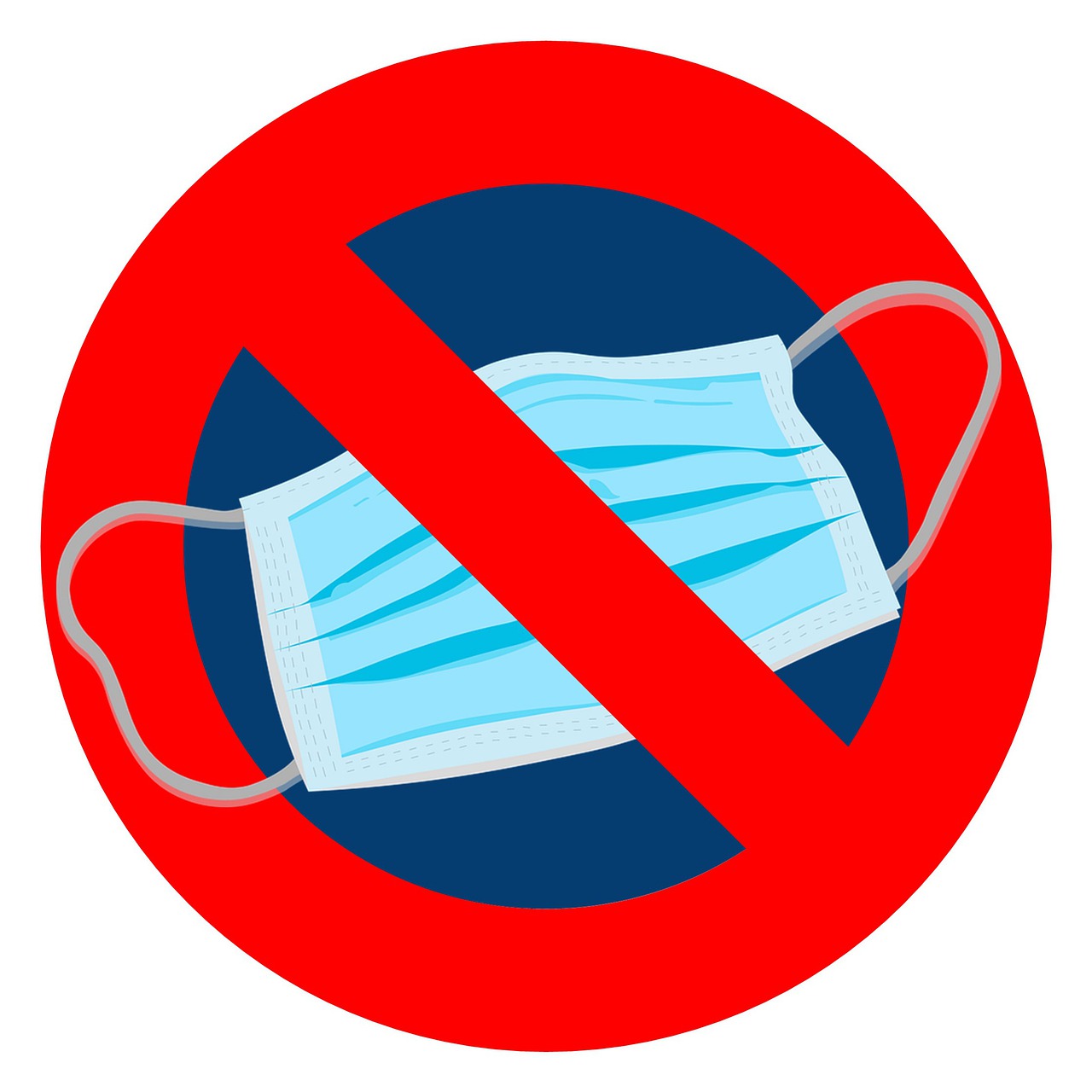Face Mask Studies that Support or Prove the Ineffectiveness of Masking
| Name of Study | Summary | Publication | Author/Affiliation/Funding | Date | Link |
| Community and Close Contact Exposures Associated with COVID-19 Among Symptomatic Adults > 18 Years in 11 Outpatient Health Care Facilities | The CDC performed a study which showed that 85% of those who contracted C-19 during July 2020 wore masks "always" or "often," whereas only 3.9 percent of the participants who tested positive for C-19 never wore a mask. | Morbidity and Mortality Weekly Report, Vol. 69, No. 36 (at p.1258) | U.S. Centers for Disease Control | 11-Sep-20 | Original: https://www.cdc.gov/mmwr/volumes/69/wr/pdfs/mm6936a5-H.pdf |
| Facial protection for healthcare workers during pandemics: a scoping review | This study involved 48 peer-reviewed articles and 19 grey literature records. "Conclusion: The COVID-19 pandemic has led to critical shortages of medical- grade PPE. Alternative forms of facial protection offer inferior protection. More robust evidence is required on different types of medical-grade facial protection." | B MJ Global Health, Vol. 5, Issue 5 | Godoy LRG, Jones AE, Anderson TN, et al. | May-20 | https://pubmed.ncbi.nlm.nih.gov/32371574 |
| Use of surgical face masks to reduce the incidence of the common cold among health care workers in Japan: a randomized controlled trial | Face mask use in health care workers has not been demonstrated to provide benefit in terms of preventing upper respiratory infections. | American Journal of Infection Control, Vol. 37, Issue 5, 417-419 | Jacobs JL, Ohde S, Takahashi O, et al. | 13-Feb-09 | https://doi.org/10.1016/j.ajic.2008.11.002 |
| Physical interventions to interrupt or reduce the spread of respiratory viruses (Review) | "Wearing masks in the community probably makes little or no difference to the outcome of…SARS-CoV-2 compared to not wearing masks." | Cochrane Library: Cochrane Database of Systematic Reviews | Vincent M, Edwards P | 2016, the seventh update | https://pubmed.ncbi.nlm.nih.gov/27115326/ |
| Disposable surgical face masks for preventing surgical wound infection in clean surgery (Review) | Surgical face masks were originally developed to contain and filter droplets containing microorganisms expelled from the mouth and nose of healthcare workers during surgery. This review concluded that there was no statistically significant difference in post-op surgical wound infection between patients of masked and unmasked surgical team members. | Canadian Operating Room Nursing Journal | Lipp A, Edwards P | Sep-05 | https://pubmed.ncbi.nlm.nih.gov/16295987/ |
| Evaluating the efficacy of cloth facemasks in reducing particulate matter exposure | "Our results suggest that cloth masks are only marginally beneficial in protecting individuals from particles < 2.5 µm" | Journal of Exposure Science & Environmental Epidemiology | Shakya KM, Noyes A, et al. | May-17 | https://pubmed.ncbi.nlm.nih.gov/27531371/ |
| Face seal leakage of half masks and surgical masks | "The filtration efficiency of the filter materials was good, over 95%, for particles above 5 micron in diameter but great variation existed for smaller particles." Note: Coronavirus is 0.125 microns; therefore, these masks wouldn't provide protection. | American Industrial Hygiene Association Journal | Tuomi T | Jun-85 | https://pubmed.ncbi.nlm. nih.gov/4014006/ |
| Comparison of the Filter Efficiency of Medical Nonwoven Fabrics against Three Different Microbe Aerosols | "The filter efficiencies against influenza virus particles were the lowest..." "We conclude that the filter efficiency test…may overestimate the protective performance of nonwoven fabrics with filter structure compared to that against real pathogens such as the influenza virus." | Biocontrol Science | Shimasaki N, Okaue A, et al. | 2018 | https://pubmed.ncbi.nlm.nih.gov/29910210/ |
| Aerosol penetration through surgical masks | "Although surgical mask media may be adequate to remove bacteria exhaled or expelled by health care workers, they may not be sufficient to remove the submicrometer-size aerosols containing pathogens to which these health care workers are potentially exposed." | American Journal of Infection Control | Chen CC, Willeke K; Department of Environmental Health, U of Cincinnati, OH | Aug-92 | https://pubmed.ncbi.nlm.nih.gov/1524265/ |
| Particle removal from air by face masks made from Sterilization Wraps: Effectiveness and Reusability | "The laser mask provided significantly less protection than the FFP2 respirator (P=0.02) and only marginally more protection than the surgical mask. The continued use of laser masks for respiratory protection is questionable. Taping masks to the face only provided a small improvement in protection." | The Journal of Hospital Infection | Derrick JL, Li PTY, et al. | ||




